Press Release
Defi Scams – Most Common Scams in the DeFi Space
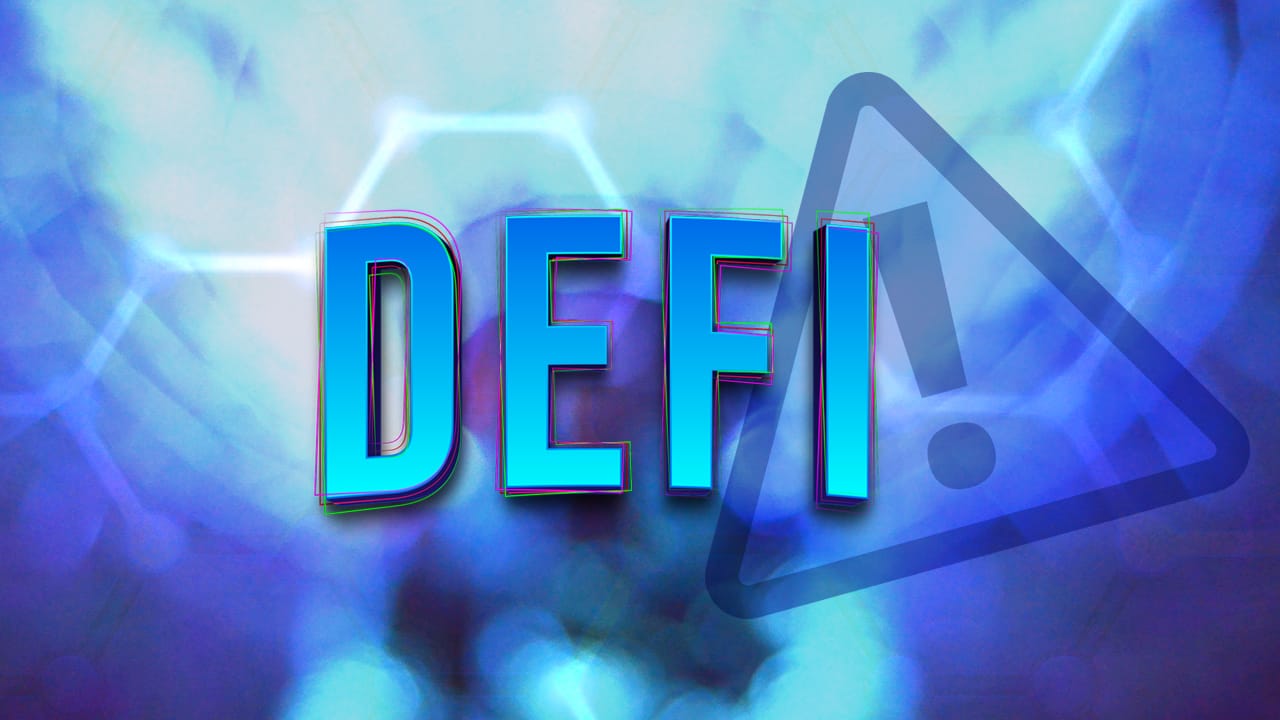
In the world of Defi, scams are unfortunately all too common. This article looks at popular Defi scams, how they operate, and how to protect yourself.
We’ll also provide tips on what to do if somebody scammed you and how to report a scammer. Finally, we’ll discuss the implications of DeFi scamming and present examples of successful prosecutions.
What Are DeFi Scams, and How Do They Work?
Decentralized Finance (DeFi) is a term that has gained enormous popularity over the years. DeFi is the shift from centralized financial systems to peer-to-peer finance enabled by decentralized technologies built on the Ethereum blockchain.
DeFi promises a more equal and accessible financial system, but it’s still largely unregulated. Lack of regulation has made DeFi a haven for fraudsters, who have plundered millions from unwary consumers.
We can summarize a typical scam in three steps:
- The scammer creates a fake project or impersonates an existing one.
- The scammer promotes the fake project or impersonates the existing one to generate interest and attract users.
- The scammer exits the scam, leaving users with worthless tokens or no access to their funds.
The Most Common Types of DeFi Scams
There are many types of scams in the DeFi sector, but some are more common than others. Let us look into a few of this industry’s most frequent criminal schemes.
Phishing scams
DeFi is not immune to phishing scams. Due to the intricacy of several DeFi protocols, fraudsters have managed to successful target newcomers.
The most common type of phishing scam in the DeFi space is impersonation. This is when a scammer creates a fake website or social media account that looks identical to a legitimate one.
They will then use this fake account to try and trick users into sending them money or personal information. Another common type of DeFi scam is the Ponzi scheme. Instead of investing the money, the fraudster pays out previous investors.
This scam is widespread in the DeFi space, as there are often high returns from investing in new protocols.
Scams Involving Fake or Stolen Identities
One of the most common scams in the Defi space is identity theft. Someone uses your personal information to register a new account or access an existing one.
They may also use your information to apply for credit cards or loans or to make purchases in your name.
Another way that identity theft can occur is when someone steals your private key or recovery phrase. This gives them access to your accounts and allows them to make changes or send funds without your permission.
Pump and Dump Schemes
If you are not new to the field of financial investments, then you must have probably heard about pump-and-dump schemes.
A group conspires to acquire a cryptocurrency at the same moment to drive up its price. Afterward, it sells it when at the peak price after promising a group of traders that this would not happen.
Pumpers make a profit, whereas dumpers lose. Sadly, it’s as simple as that. Pump and dump schemes are not new and have been around for quite some time. They are so common that the U.S. Securities and Exchange Commission has issued an investor alert about them.
Forgery and Counterfeiting of Digital Assets
Unfortunately, not every project in the DeFi world is legitimate and original. Forgery and counterfeiting are rampant, with scammers selling digital assets that don’t exist or aim to look like something else.
This scam generally happens when someone creates a website or social media account that looks identical to a legitimate project. However, the page has slight changes that allow the scammer to redirect funds to their wallet.
For example, a scam on Twitter happened when someone created a fake version of the popular Defi project Uniswap. The account looked identical to the official one, except that it had one letter changed in the URL.
This small change allowed the scammer to siphon over $150,000 worth of Ether (ETH) from unsuspecting users.
Fraudulent Activities Associated with Initial Coin Offerings (ICOs)
Last but not least, ICOs tend to have an association with fraudulent activities. In an ICO, a company offers digital tokens for investors’ fiat currency or cryptocurrency. However, many ICOs are scams, with companies using the funds raised to enrich themselves instead of developing the project.
A severe fraud associated with ICOs is when the team behind the project absconds with the funds. This type of fraud is, technically, an “exit scam.”
In an exit scam, the team often creates a fake project website and whitepaper, promising huge returns to investors. They will then raise money from unsuspecting investors and make off the cash, leaving investors high and dry.
How to Protect Yourself from DeFi Scams
At this point, you will probably be wondering how you can protect yourself from falling into one of these scams. Below are a few tips.
- Do your research: This is the most important thing you can do. When you are looking at a project, make sure to read up on it as much as possible. Look at the team’s backgrounds and the project’s roadmap, and try to find as much information as possible.
- Don’t invest more than you can afford to lose: This general rule applies to all investments, but it is essential in the DeFi space. These projects are still very new, and there is a lot of uncertainty surrounding them. As such, you should only invest an amount you are comfortable losing.
- Beware of social media scams: Social media is a great way to stay up-to-date on all the latest news in the crypto world. However, it is also an excellent way for scammers to reach many people. Be careful about the links you click on and the information you trust.
- Look for projects with KYC and audit certifications: If a project has undergone a KYC (know-your-customer) or audit process, it passed a vetting procedure. This adds an extra security layer and gives you peace of mind. SolidProof, PeckShield, Hacken, and Solidity Finance are popular companies taking care of this aspect.
What to Do If Somebody Scammed You
If you think someone scammed you, there are a few things you can do:
- First, try to resolve the issue with the person or company you believe scammed you. This may be difficult, but it’s always worth a shot.
- Contact your local consumer protection agency if you can’t resolve the issue.
- You can also file a complaint with the Federal Trade Commission (FTC) or the Better Business Bureau (BBB).
- Finally, you can contact a lawyer to discuss your legal options.
How to Report a DeFi Scam
If you think you’ve been the victim of a DeFi scam, consider taking a few actions to report the criminals.
First, report it to the project team or protocol developers if possible. They may help you recover your lost funds or take action to prevent others from being scammed in the future.
You can also report the scam to a crypto exchange or wallet provider. Obviously, this is applicable if you used any of these channels to access the DeFi project. Many of them have fraud departments that can help you get your money back or prevent future scams.
Finally, you can report the scam to law enforcement. This is often a long shot, but it’s worth doing if you’ve lost a significant amount of money.
The Consequences of DeFi Scamming
Besides losing your money, scamming in the DeFi sector has several adverse effects on the industry. For instance, it undermines the trust in decentralized finance protocols and gives scammers free marketing.
When a user falls into a scam, it’s not only the investor who loses money. The whole DeFi industry is negatively affected by it.
Scammed users will likely be more cautious in the future, leading to a decrease in trust in decentralized finance protocols. Using popular DeFi protocols and services, they can reach a larger audience and scam more people. In addition, it gives scammers free marketing.
Examples of Successful DeFi Scam Prosecutions
In recent years, there have been several successful DeFi scam prosecutions. Here are some notable examples:
In 2019, the US Securities and Exchange Commission (SEC) charged a company called EtherDelta with operating an unregistered securities exchange. The Ethereum blockchain-based decentralized exchange EtherDelta enables users to swap ETH and ERC20 tokens.
The SEC alleged that EtherDelta’s founder had illegally profited from the exchange by operating it as an unregistered broker-dealer. Coburn agreed to pay $300,000 in penalties and disgorge nearly $13 million in ill-gotten gains.
In 2020, the CFTC accused My Big Coin Pay, Inc. of running a fraudulent virtual currency operation.
My Big Coin Pay promised investors they could use virtual currency to buy and sell goods and services. However, the CFTC alleged that the company used investor funds to pay for personal expenses, including travel and luxury goods.
The CFTC ordered My Big Coin Pay to pay $6 million and disgorge nearly $360,000 in ill-gotten gains.
These are just a few examples of the many successful DeFi scam prosecutions that have taken place in recent years. These cases show that law enforcement is taking action against DeFi scams. If you have been a victim of a DeFi scam, you should contact a lawyer to discuss your legal options.
The Importance of Verifying Senders and Receivers Before Transferring Funds
One last thing you should consider before transferring funds is verifying both the sender’s and receiver’s addresses. Too many people have fallen victim to scams because they didn’t confirm the address before sending funds.
If you’re not sure how to verify an address, here are a few tips:
- Check if the address is valid on Ethereum’s leading network. You can do this by pasting the address into a block explorer like EtherScan.
- Make sure the address has a balance. If it doesn’t, that could be a sign that it’s not a valid address.
- If you’re sending funds to an exchange, check if the exchange has a page on EtherScan. If it does, compare the addresses to make sure they match.
These are just a few of the many ways you can verify an address. By taking these extra steps, you can help protect yourself from scams.
Bottom Line – Protecting Yourself from DeFi Scams Takes Education and Awareness
The best way to protect yourself from DeFi scams is to educate yourself and stay aware of the latest scams. Understanding how these scams work can help protect yourself and your hard-earned money.
Contact a lawyer to discuss your options if you think you may have been a victim of a DeFi scam. There were case
Press Release
qLABS to Launch Quantum-Sig Wallet to Protect Crypto From Quantum Attacks
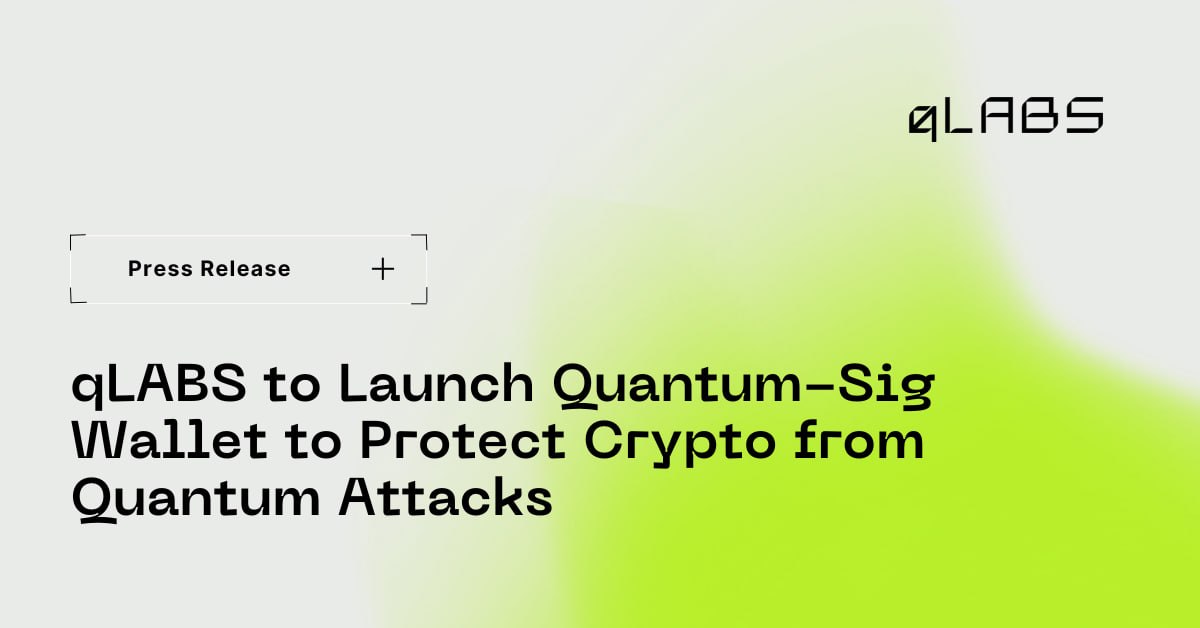
qLABS, the first quantum native crypto foundation, announced the upcoming launch of the Quantum-Sig smart contract wallet. This wallet introduces enterprise-grade post-quantum cybersecurity directly into the Web3 environment through a strategic alliance, as previously announced, between qLABS and 01 Quantum (TSX-V: ONE; OTCQB: OONEF).
Next-Generation Security for Digital Assets
The Quantum-Sig wallet technology will protect any smart-contract-based token such as Ethereum, HYPE or Solana including leading stablecoins such as USDT and USDC. At the core of this innovation is the upcoming qLABS quantum resilient ecosystem token known as qONE which will become the primary utility token powering this new security protocol across Web3.
This innovation directly addresses the accelerating risk of Q-Day which is the moment when it is anticipated quantum computers will be capable of breaking the classical cryptography that secures today’s digital assets. As a result, funds held inside traditional wallets that rely on classical signatures can be compromised. The Quantum-Sig wallet is designed to provide a future-proof safeguard against this threat.
“Quantum-Sig is a real breakthrough. It adds quantum level protection without new wallets, without new chains and without user friction,” said Antanas Guoga (Tony G), President of qLABS. “We are delivering the security Web3 needs without changing the way people already hold and trade crypto.”
Andrew Cheung, CEO of 01 Quantum, added, “We are excited to see our patent-pending QDW technology applied in a production environment to mitigate the Q-Day risk. By embedding post-quantum cryptographic primitives directly into the Quantum-Sig wallet introduces a quantum circuit-breaker architecture that neutralizes classical key compromise. This implementation demonstrates how our technology can deliver quantum-resilient transaction signing at scale, ensuring that digital assets remain secure today and in the post-quantum world of computing.”
Market Context
The global digital asset market exceeds three trillion USD according to CoinMarketCap. Regulatory bodies in several regions have already warned that quantum resilience will soon be a requirement for long term financial security. Despite this maturity, the industry remains exposed due to reliance on classical cryptographic algorithms such as ECDSA. Quantum-Sig wallet technology addresses this gap by providing broad-spectrum protection without sacrificing interoperability or performance for smart-contract based-tokens such as Ethereum, HYPE or Solana including leading stablecoins such as USDT or USDC.
How it Works
The Quantum-Sig wallet applies security principles that are similar to the multi-signature wallets commonly used throughout Web3. In a standard multi-signature setup, two or more signatures are needed to release assets from a contract. In the case of the Quantum Sig wallet, the smart contract requires an additional signature that must be signed by a quantum resilient private key. The zero-knowledge proof engine which is at the core of this innovation, makes it possible to verify large quantum-safe signature data on existing chains. As a result, a malicious actor cannot withdraw funds even if they compromise the classical key. The Quantum-Sig wallet ensures protection at the smart contract level while maintaining speed and interoperability for users and developers.
Technical Highlights
- Patent-pending method (US #19/396,202): Implementation of PQC circuit breaker.
- Performance optimization: Compatible with existing Layer 1 chains.
- Scalable toolkit: Includes support for custodian wallets and existing post-quantum stablecoins.
The qONE token, which is a quantum-resistant token on Hyperliquid, serves as the ecosystem asset that grants access to quantum resilient wallet functions, advanced security features, protocol governance and the broader quantum safe infrastructure developed by qLABS. The qONE initiative is designed to synchronize community engagement with the adoption of the Quantum-Sig technology, thereby incentivizing the sustained expansion of the ecosystem.
Financing and Growth
qLABS confirmed that it completed its pre-seed round financing which was over-subscribed and raised USD $390,000 in early-stage capital from strategic investors, establishing an implied market valuation of USD $6 million for the Tier # 1 pre-seed round. This marks the first step in a multi-stage financing plan by qLABS that is expected to include two additional rounds and the broader distribution of the qLABS token to the community as development and adoption continue to grow.
About qLABS
qLABS is the first quantum-native crypto foundation, developing blockchain solutions that are resistant to quantum computing threats. With a focus on post-quantum security, qLABS builds infrastructure that will protect Web3 from Q-Day and beyond.
For more information visit qLABS’s web site at https://qlabs.tech/ / https://x.com/qlabsofficial and follow them on their blog at https://www.linkedin.com/company/qlabsofficial/
About 01 Quantum Inc.
01 Quantum Inc., formerly 01 Communique Laboratory Inc., (TSX-V: ONE; OTCQB: OONEF), is known for its innovative work in post-quantum cybersecurity and remote access solutions. The Company’s cyber security business unit focuses on post-quantum cybersecurity with the development of its IronCAP™ product line. IronCAP™’s technologies are patent-protected in the U.S.A. by its patents #11,271,715 and #11,669,833. The Company’s remote access business unit provides its customers with a suite of secure remote access services and products under its I’m InTouch and I’m OnCall product offerings. The remote access offerings are protected in the U.S.A. by its patents #6,928,479 / #6,938,076 / #8,234,701; in Canada by its patents #2,309,398 / #2,524,039 and in Japan by its patent #4,875,094. For more information, visit the Company’s web site https://01quantuminc.com | https://01com.com and follow us on our blog at https://blog.01com.com/wp
Press Release
Loadit Unveils Interactive MVP and Files Sweeping Unified Financial Rail Patent

Patent-Pending Architecture Covers AI Routing, Offline Transactions, Temporal Settlement, and Energy as Native Money
Loadit today launched its public interactive MVP at https://mvp.loadit.net and simultaneously filed a landmark non-provisional patent application that consolidates ten previously separate financial rails into one unified, interlocking system.
The newly filed patent (application titled “Loadit Unified Financial Rail”) is now officially patent-pending with the USPTO and covers the entire Loadit technology stack, including:
• AI-orchestrated multi-rail routing (AERO)
• Identity-verified offline transactions (IVOR)
• Temporal programmable settlement (TSM)
• Energy-native monetary units backed by verifiable kWh/MJ (ENM)
• Quantum-optimized path selection and key management
• Universal value conversion across cash, card, fiat, crypto, stablecoins, and tokenized assets
• Geo-temporal compliance engine
• Self-healing fault-tolerant architecture
• Multi-reality (AR/VR/BCI) transaction interfaces
• Point-of-sale cash-to-crypto ingestion with zero new hardware
The live MVP at https://mvp.loadit.net lets anyone explore every patented layer in real time: watch the AI engine score and select rails, trigger an offline biometric transaction, lock in retroactive or future settlement prices, and convert dollars into spendable tokenized kilowatt-hours backed by real metered energy.
A companion site at https://loadit.net showcases the simplest merchant use case: any existing checkout counter becomes a crypto on-ramp in seconds using just a printed QR code.
“Most projects solve one piece of the puzzle. We just patented the entire operating system in one filing,” said Colt Trudell, founder and sole inventor. “The MVP is public today so the world can see exactly how Loadit turns decades of fragmented payment and energy infrastructure into a single coherent rail.”
Loadit is now actively seeking investors as it prepares to scale its unified financial rail into global retail, fintech, and energy markets.
About Loadit
Loadit is building the unified settlement layer for cash, cards, crypto, and energy. One architecture. Zero hardware lock-in. Patent-pending worldwide.
https://mvp.loadit.net – full interactive demo
https://loadit.net – merchant on-ramp
colt@loadit.net
Blockchain
LYNK Emerges as Community-First Token on Solana Following Contract Swap
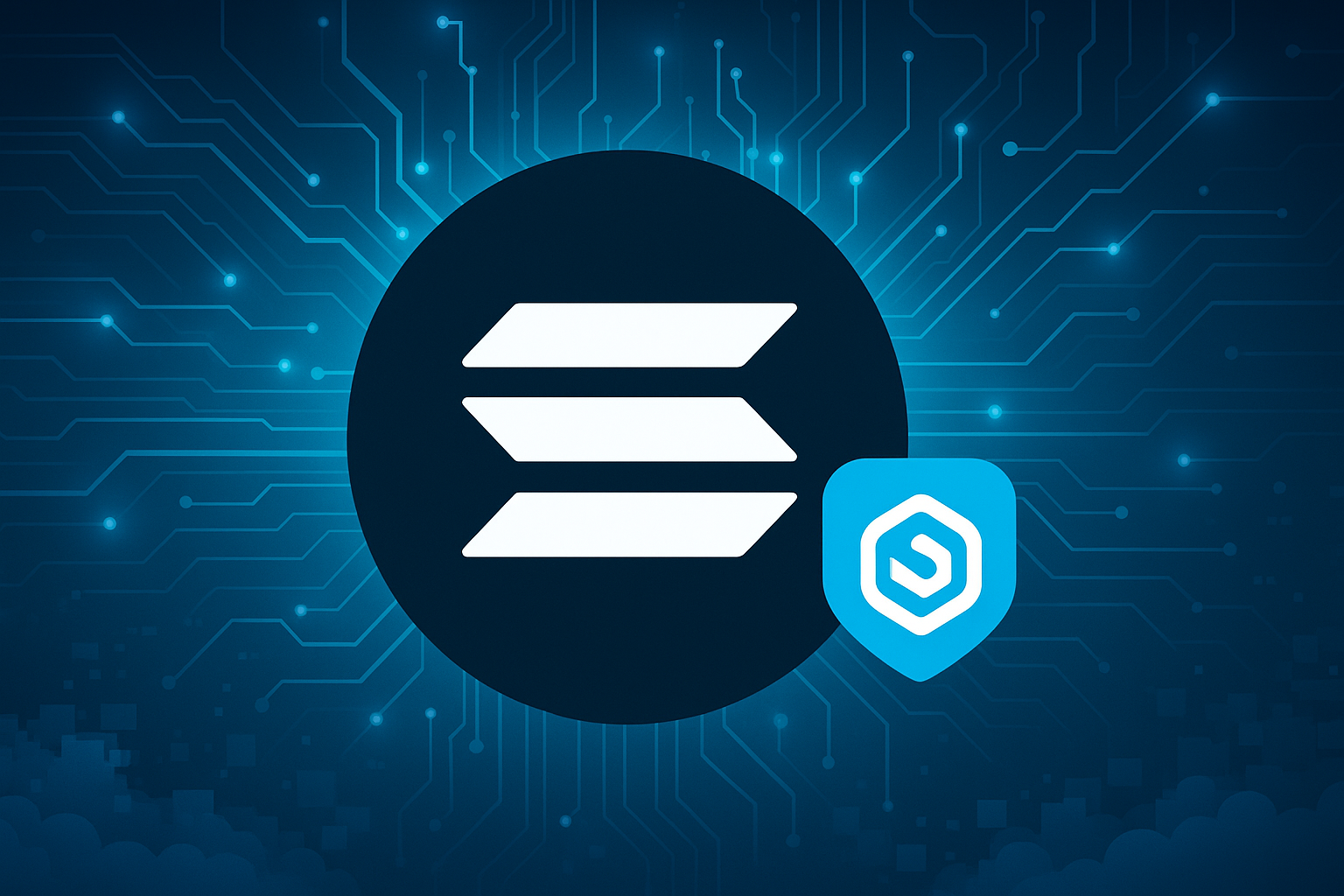
LYNK reintroduces itself after a 1:1 contract migration, touting locked supply and community governance as it seeks traction within the Solana ecosystem.
LYNK (ticker: LYNK), a community-focused token on the Solana chain, returned to the market this week after completing a 1:1 contract swap. CoinMarketCap lists the token at roughly $0.0034 with a reported market cap near $797,500 and 24-hour volume of about $17,500, reflecting significant short-term volatility typical of newly relaunched community tokens.
Built and marketed as a community-driven project, LYNK positions itself as “more than just a meme coin,” emphasizing transparency, holder participation and education. The project page notes that roughly 76.64% of the supply is locked for 12 months, a detail the team highlights as a stability measure designed to align incentives and limit immediate sell pressure. CoinMarketCap shows a total supply of about 999.89 million LYNK, with a self-reported circulating supply of 233.53 million.
Technical and market notes on the CoinMarketCap listing indicate the token sits in the Solana ecosystem and is tagged with community-oriented categories. The page also flags the recent contract migration — an important operational step that can affect exchange listings, wallet compatibility and on-chain tracking. Explorers linked from the listing point to Solana network records for both the old and new contracts.
Community signals on the listing point to a small but active holder base; CoinMarketCap displays about 290 holders at the time of publication. That modest holder count, coupled with a high short-term price swing, signals that LYNK remains an early-stage token where liquidity and distribution are still evolving.
For readers tracking new Solana projects, the LYNK listing is worth noting for its combination of a large proportion of locked tokens, a recent 1:1 contract migration and an explicit community-first narrative. These elements will likely shape how the token is stewarded and traded in the coming months.
-

 Crypto3 years ago
Crypto3 years agoCardalonia Aiming To Become The Biggest Metaverse Project On Cardano
-
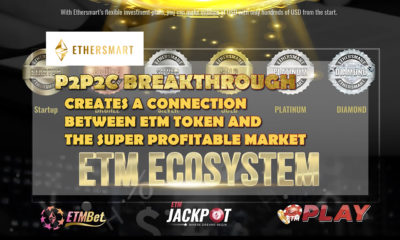
 Press Release5 years ago
Press Release5 years agoP2P2C BREAKTHROUGH CREATES A CONNECTION BETWEEN ETM TOKEN AND THE SUPER PROFITABLE MARKET
-

 Blockchain5 years ago
Blockchain5 years agoWOM Protocol partners with CoinPayments, the world’s largest cryptocurrency payments processor
-

 Press Release5 years ago
Press Release5 years agoETHERSMART DEVELOPER’S VISION MADE FINTECH COMPANY BECOME DUBAI’S TOP DIGITAL BANK
-
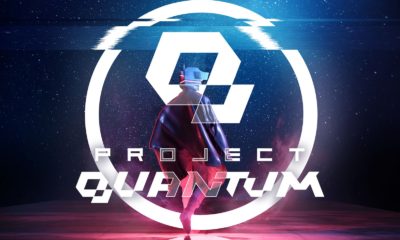
 Press Release5 years ago
Press Release5 years agoProject Quantum – Decentralised AAA Gaming
-

 Blockchain5 years ago
Blockchain5 years agoWOM Protocol Recommended by Premier Crypto Analyst as only full featured project for August
-

 Press Release5 years ago
Press Release5 years agoETHERSMART DEVELOPER’S VISION MADE FINTECH COMPANY BECOME DUBAI’S TOP DIGITAL BANK
-

 Blockchain6 years ago
Blockchain6 years ago1.5 Times More Bitcoin is purchased by Grayscale Than Daily Mined Coins






